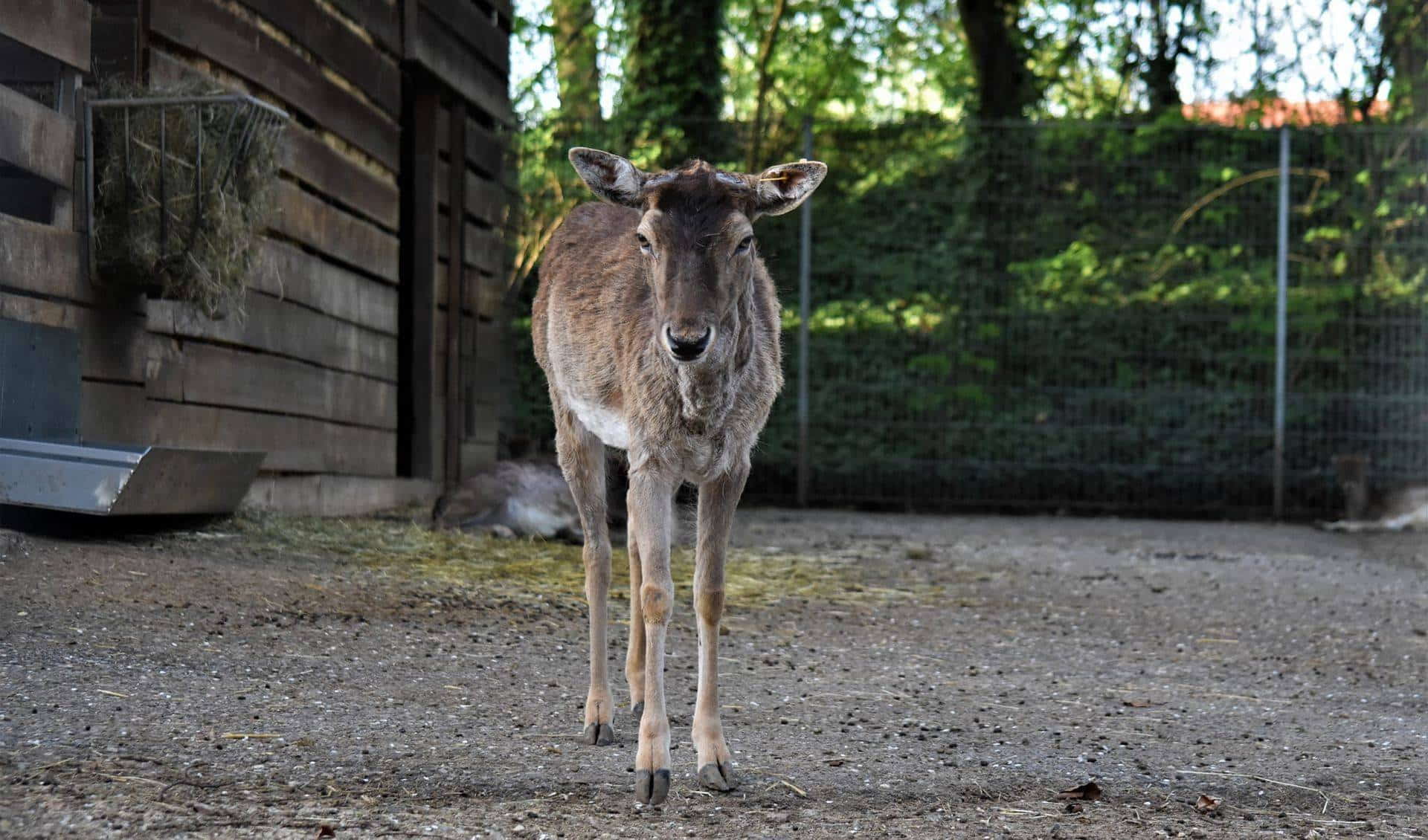Nymphaea Zoo, a hidden gem in Esslingen am Neckar, Germany, offers families a delightful escape into nature. Established in 1932, this charming zoo spans 2.9 hectares on the eastern Neckar island in Oberesslingen. Named after the Latin term for water lilies, Nymphaea Zoo is more than just a collection of animals; it's a lush oasis where wildlife and botany intertwine. With its unique blend of aquatic habitats, diverse animal species, and rich plant life, the zoo provides an immersive experience for visitors of all ages.
In 2023, this family-friendly attraction welcomed over 200,000 guests, a testament to its growing popularity and appeal. As you embark on the 880-meter circular path, you'll discover why Nymphaea Zoo has become a beloved destination for locals and tourists alike.
Highlights
- Four picturesque lakes teeming with aquatic life
- New Terrarium and Breeding House for reptiles, amphibians, and small mammals
- Over 600 animals representing 50 different species
Contents
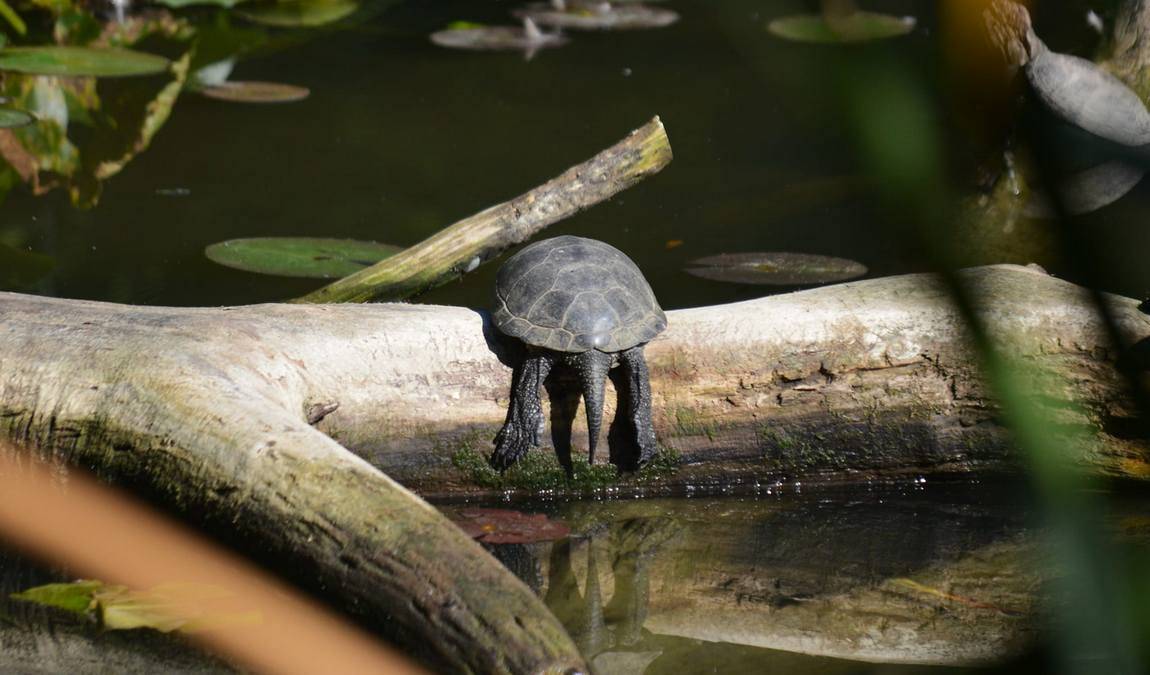 Photo: facebook.com/TierparkNymphaea
Photo: facebook.com/TierparkNymphaea
Here is Why Your Kids Will Find it Interesting
Nymphaea Zoo is worth visiting with kids aged 3-12 for its interactive and educational experiences. Young explorers will be captivated by the up-close encounters with friendly animals like deer and goats. The zoo's aquariums showcase a fascinating underwater world, sparking curiosity about marine life. For budding botanists, the diverse plant life, especially the beautiful water lilies, offers a chance to learn about different ecosystems. The compact size of the zoo makes it manageable for little legs, ensuring an enjoyable day out for the whole family.
Family-friendly features
- Interactive animal feeding sessions
- Educational signage with fun facts for kids
- On-site restaurant for family meals and snacks
Diverse Animal Inhabitants
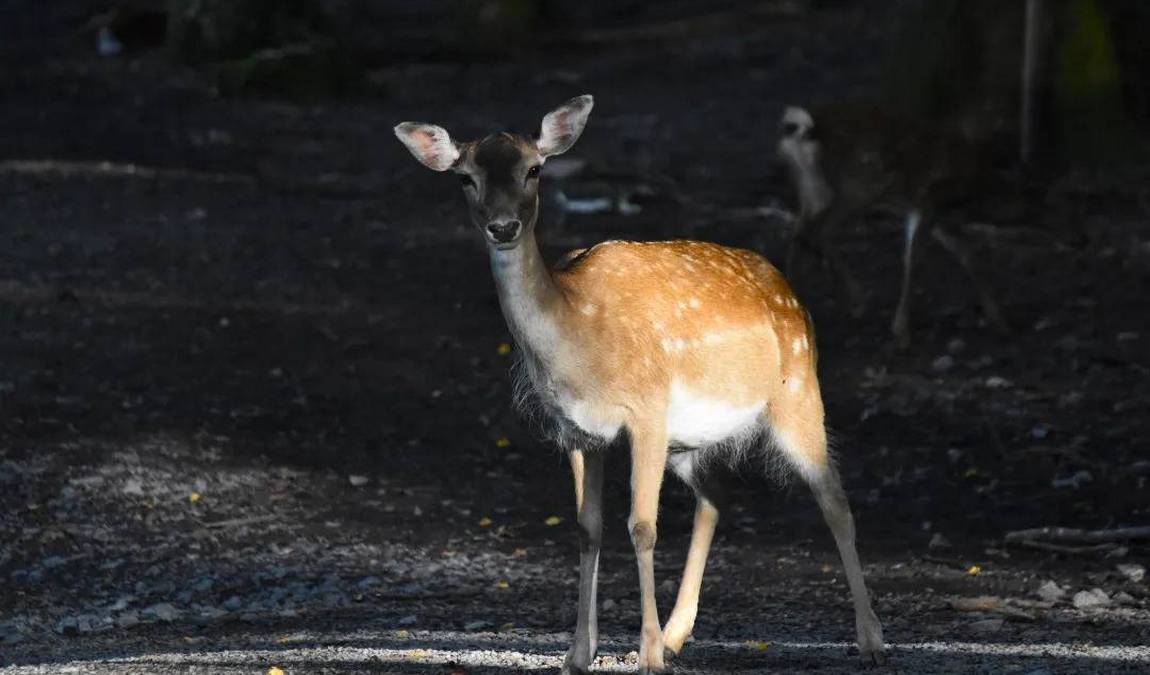 Photo: facebook.com/TierparkNymphaea
Photo: facebook.com/TierparkNymphaea
This place is home to many animal species, each contributing to the park's vibrant ecosystem. Visitors can observe:
- Mammals: Deer roam freely in designated areas, while small mammals like rabbits and guinea pigs delight children with their playful antics.
- Reptiles: The new Terrarium House hosts various snake and lizard species, offering a glimpse into the fascinating world of cold-blooded creatures.
- Amphibians: Frogs and salamanders inhabit the zoo's aquatic areas, showcasing the importance of these sensitive species in our ecosystems.
- Birds: A variety of bird species, both native and exotic, can be spotted throughout the park.
Popular exhibits include the pony enclosure, where children can interact with these gentle creatures, and the goat petting area, which provides hands-on experiences for young animal lovers.
21 km away you will find another great place for a family vacation, the F3 Das Wohlfühlbad water park
Lush Botanical Gardens
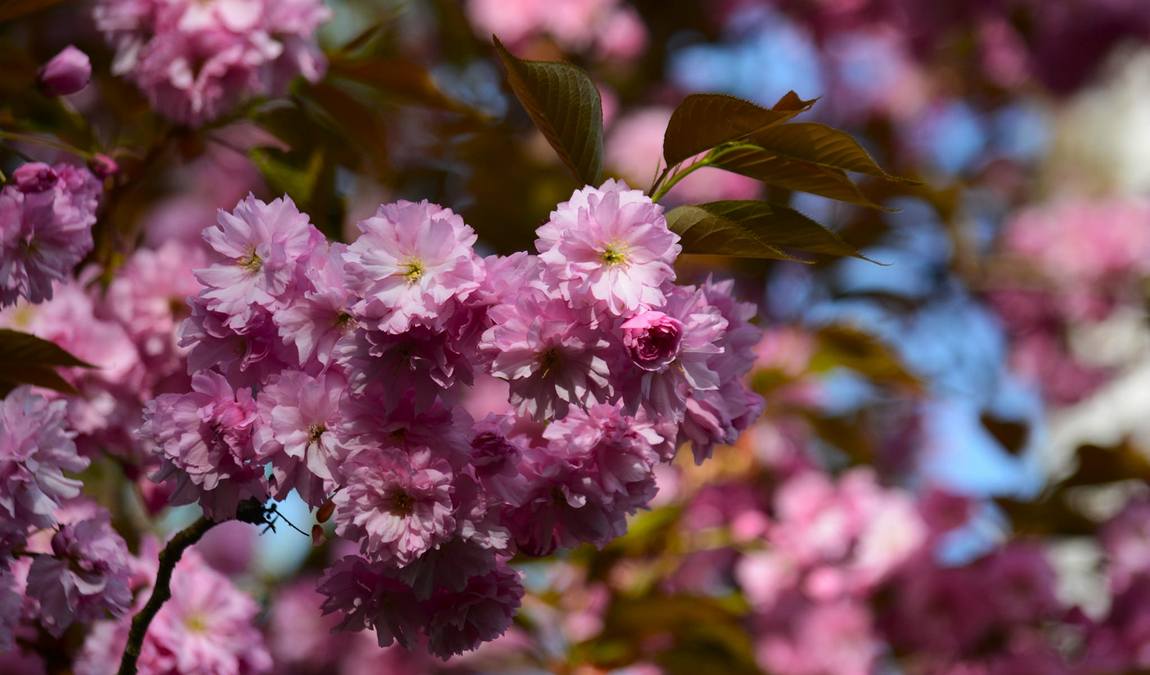 Photo: facebook.com/TierparkNymphaea
Photo: facebook.com/TierparkNymphaea
The botanical aspect is equally impressive, featuring:
- Over 1,000 shrubs and trees create a lush, park-like atmosphere
- A diverse collection of native and non-native plant species
- Seasonal blooms that transform the landscape throughout the year
The star attraction is the water lilies (Nymphaea species) that give the zoo its name. These aquatic plants display stunning colors, from pristine whites to vibrant purples and yellows. Visitors can observe different varieties, including:
- Nymphaea mexicana (Yellow Water Lily)
- Nymphaea elegans (Tropical Blue Water Lily)
- Nymphaea odorata (American White Water Lily)
The zoo's commitment to botanical diversity enhances its beauty and provides important habitats for pollinators and other wildlife.
Exploring the Zoo's Aquatic Habitats
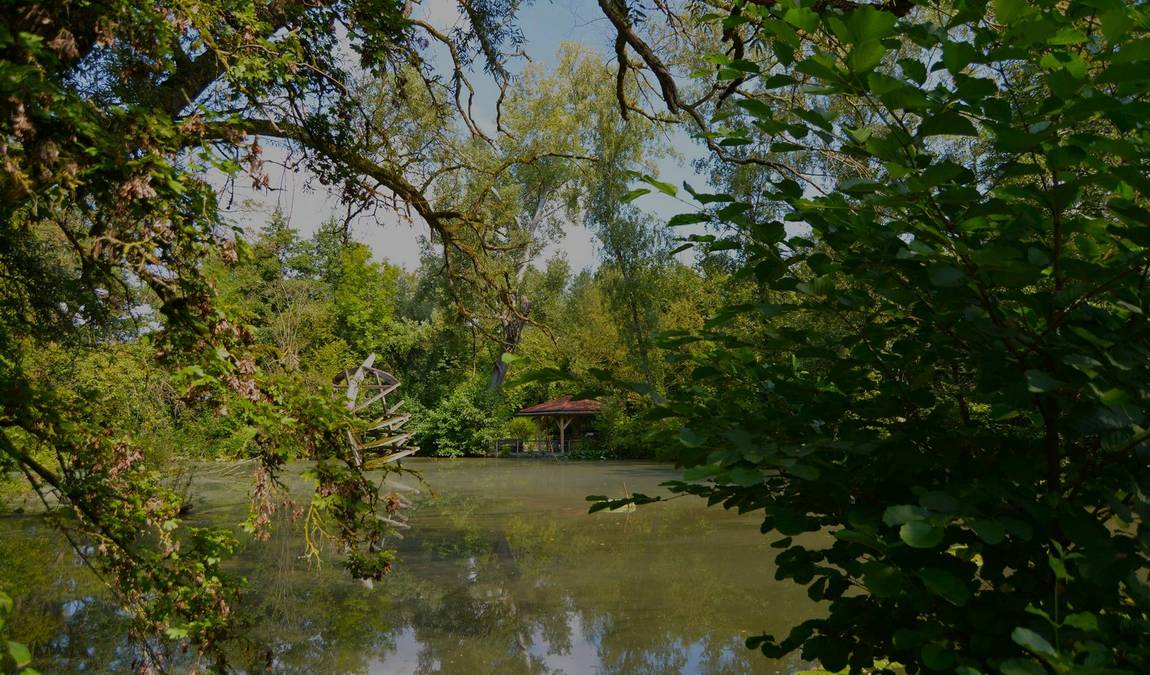 Photo: facebook.com/TierparkNymphaea
Photo: facebook.com/TierparkNymphaea
Its aquatic habitats are central to its charm and ecological importance:
- Four lakes form the heart of the zoo, each supporting a unique ecosystem
- Ponds and water features are scattered throughout, creating a network of aquatic environments
- These water bodies serve as habitats for fish, amphibians, and aquatic plants
The importance of these ecosystems cannot be overstated:
- They provide essential habitats for native and non-native species
- Act as natural water filtration systems
- Offer opportunities for visitors to learn about aquatic conservation
The zoo's management carefully maintains these habitats, balancing the animals' needs with the aquatic plants' health. This includes monitoring water temperature, managing plant growth, and occasionally using environmentally friendly herbicides like 2,4-D and Endothall when necessary.
Best Time to Visit
 Photo: facebook.com/TierparkNymphaea
Photo: facebook.com/TierparkNymphaea
The best time to visit Nymphaea Zoo with children is spring and summer when the weather is mild, and the flora is in full bloom. Weekday mornings tend to be less crowded, offering a more relaxed experience. The zoo is enchanting in the early morning when the animals are most active.
Recommended Duration: A typical visit lasts about 2-3 hours, allowing ample time to explore all exhibits and enjoy the park's amenities.
Our Recap
Nymphaea Zoo offers a unique blend of wildlife, botany, and aquatic wonders that captivate visitors of all ages. Its compact size, diverse inhabitants, and educational focus make it an ideal destination for families seeking a memorable day out. The zoo's commitment to conservation and its beautiful setting on the Neckar island create an immersive natural experience beyond a typical zoo visit.


